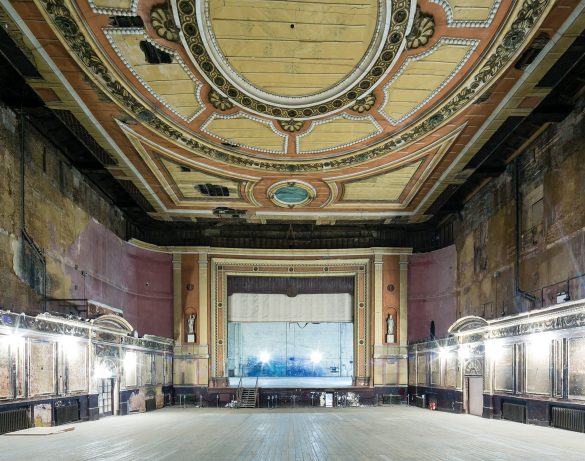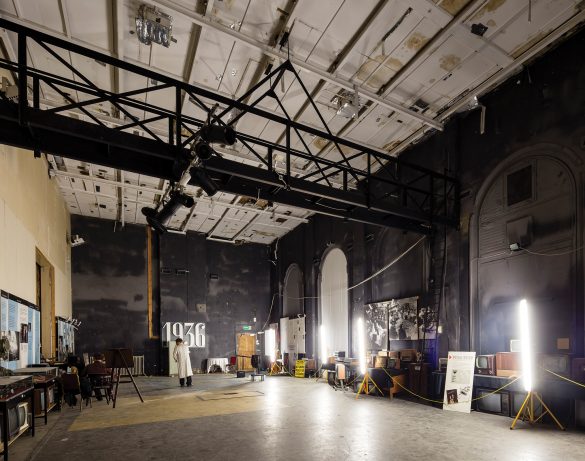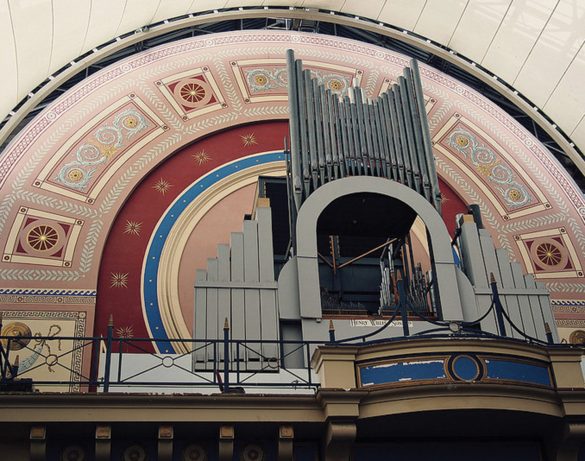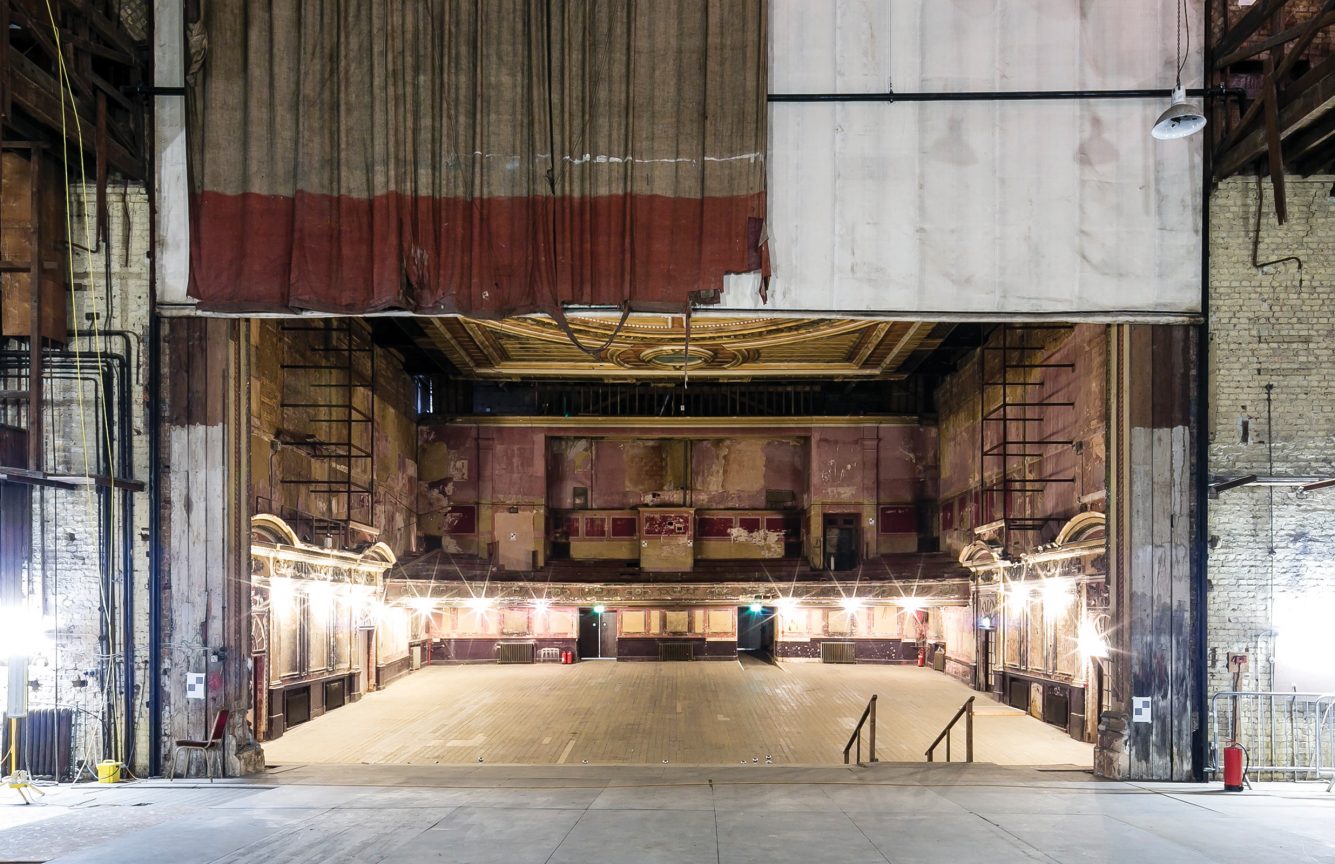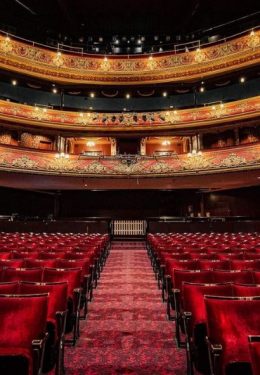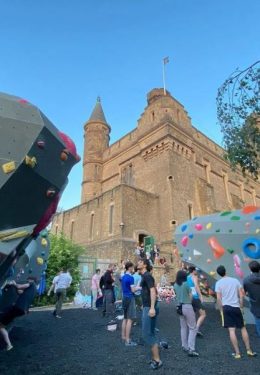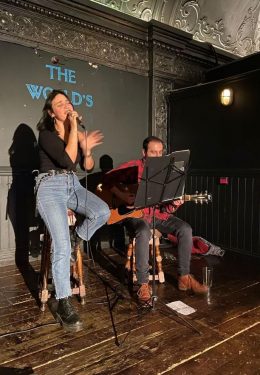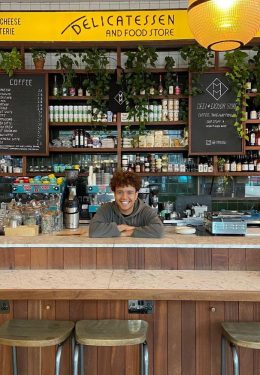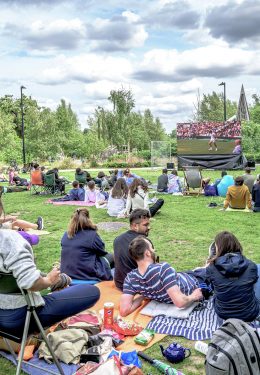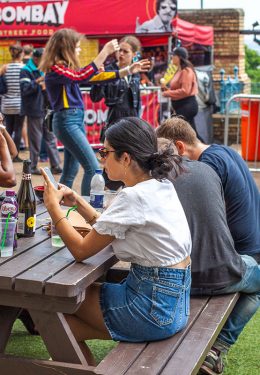Palace Insider
Published: Spring ‘16
Unbeknown to many, only half of North London’s ‘People’s Palace’ is actually accessible to the public. Woodberry Life discovers its hidden gems ahead of a major restoration project.
Alexandra Palace, fondly named Ally Pally, has provided entertainment, wonder and recreation for Londoners for over 140 years, despite being decimated by fire only 16 days after first opening in 1873. Loved by musicians, crafters, foodies, historians and sports fans alike, there’s much more than meets the eye at this iconic building.
Victorian Theatre
Behind doors which have remained closed to the public for over 65 years sits a charming Victorian theatre, designed to seat 2,500 people. Its crumbling ornate plaster and chipped coving tell tales of its chequered past. First opened in 1875, its uses over the years have been many, from serving as a theatre, cinema and BBC prop store to being a centre for Belgian refugees, part of a German internment camp, and a meeting place for the Suffragettes in 1908-9. Its mechanised timber stage, designed to facilitate special effects, is characteristic of Victorian theatres, and is the last surviving of its kind. Until now, the theatre has sat derelict, exposed bricks peeping through peeling paintwork.
This is all set to change, with work underway to regenerate the space. The opening of East Court will see theatre and cinema screenings return to Alexandra Palace once more, along with live comedy and acoustic performances.
“Alexandra palace’s eclectic history will finally come alive. It will be about Britain’s innovators and pioneers, about cinema, comedy, opera, plays – a true family day out..."
QUOTE: Louise Stewart, Chief Executive of Alexandra Park and Palace
BBC Studios
The BBC hired the south-eastern corner of the Palace in 1935, converting it into state-of-the art television studios. It was here that the birth of British television took place; the iconic BBC tower transmitted the first high-definition public television service in 1936, and for 45 years the BBC called Alexandra Palace home. The Palace is renowned for playing a pivotal role in the development of popular entertainment; the first colour signals were transmitted from the Palace in 1966, a milestone for British television. Lesser known is the role that the BBC transmitters took during WW2. When the war halted broadcasts, the transmitters took on a secret mission, interfering with radio signals used by German bomber pilots, causing them to lose their bearings and miss their targets.
Since 1981, the studios have been in disuse, their dilapidated state locked away from public view. The renovation will see the story of British television come to life with audio-visual projections and historic footage, in the very spaces that history itself was created.
The restoration of the eastern end of the Palace will ensure that the most historically significant areas (currently inaccessible) will be once again available to the public. Not only will the regenerated facilities mark a new chapter for this magnificent building, adding to its already rich and colourful history, they will continue to fulfil the Palace’s vision of 1873: ‘to entertain, inform and educate.’
Insider knowledge
- Despite being named after the wife of Prince Edward, Alexandra of Denmark, Alexandra
- Palace has never been a Royal Palace. No kings or queens ever lived there.
- Winston Churchill spoke in the Great Hall in 1913.
- The Great Hall held WW1 prisoners of war. During this time, the palace was transformed with barbed wire, watch towers and armed guards.
- An underground bunker from 1964 can be seen sticking out through the park undergrowth.
- In 1980 Haringey Council purchased the palace for £1.
- Alexandra Palace and Park once had an outdoor lido, the corners of which can still be seen near the reservoir.
- A 24-hour ‘bio-blitz’ study by the Natural History Museum in 2010 found over 700 species in Alexandra Park.
